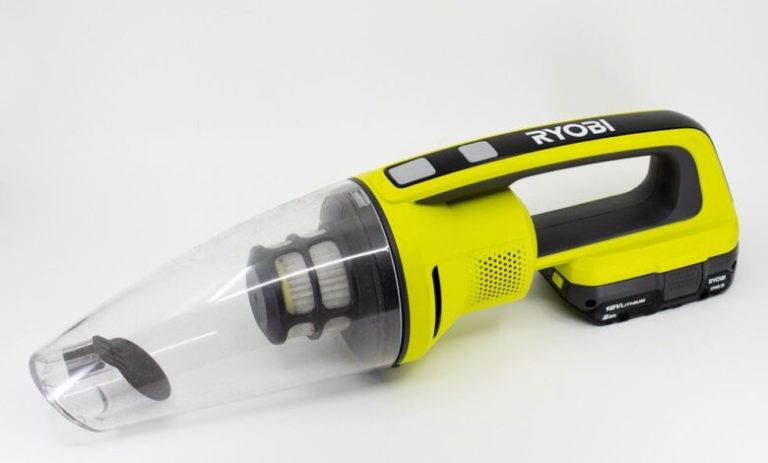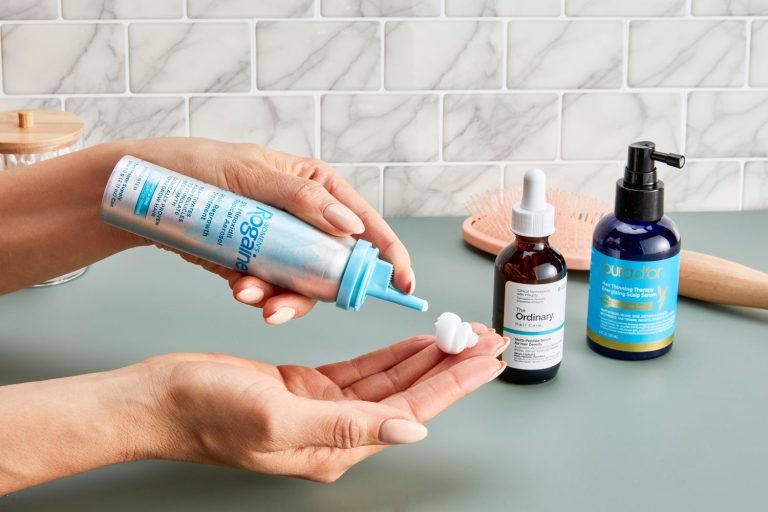9 Best Whole House Humidifiers: Top Picks for Performance, Efficiency, and Easy Maintenance
Feeling the dry air in your home? A whole house humidifier could be the solution you need. Not only does it improve indoor air quality, but it also helps prevent dry skin, allergies, and even damage to wooden furniture.
With so many options available, finding the right humidifier can be overwhelming. That’s why we’ve curated a list of the 9 best whole house humidifiers to help you make an informed decision. Whether you’re looking for something budget-friendly or a high-tech model, we’ve got you covered.
Selecting the Right Type of Humidifier
Choosing the perfect whole house humidifier can be daunting. Understanding the different types can help you make an informed decision.
Bypass Humidifiers
Bypass humidifiers use your home’s HVAC system to add moisture. They’re generally more affordable and require less maintenance. You need to install them on either the supply or return plenum of your furnace. Remember, they rely on the airflow created by your furnace, so they’re not as efficient when the furnace isn’t running.
Fan-Powered Humidifiers
Fan-powered humidifiers operate similarly to bypass units but include a fan for better efficiency. They’re more effective at distributing moisture and don’t solely depend on your furnace. Expect these units to be slightly more expensive but beneficial if you want consistent humidity levels even when the furnace is off. Place them where easy access for maintenance is available.
Steam Humidifiers
Steam humidifiers produce steam to humidify the air, offering precise control over humidity levels. They’re typically the most effective but come with higher upfront and maintenance costs. Consider these if you need to humidify a large area or have specific humidity requirements. Ensure you locate them in a well-ventilated and easy-to-access area for regular maintenance and water supply.
Key Features to Consider in Whole House Humidifiers
When choosing the best whole house humidifier, you need to look out for several key features to ensure it meets your needs. Here’s what you should consider:
Coverage Area
Evaluate the coverage area of the humidifier. Make sure it can effectively humidify your entire home. For example, if your home is 3,000 square feet, look for a unit that covers at least that size. Most manufacturers list this information, so check it before purchasing.
Humidity Control
Examine the humidity control settings. Opt for a model with adjustable humidity levels and an integrated hygrometer or humidistat. This feature lets you set and maintain your desired humidity level, ensuring optimal comfort and preventing over-humidification.
Water Efficiency
Assess the water efficiency of the unit. Choose a humidifier that makes the best use of water, reducing wastage. Models with automatic shut-off features when the reservoir is low can help conserve water and improve efficiency.
Maintenance Requirements
Consider the maintenance requirements. Some humidifiers require regular cleaning and filter changes, while others are low-maintenance. Look for models that offer easy access for cleaning and have long-lasting filters to minimize upkeep efforts.
Review of the 9 Best Whole House Humidifiers
Choosing the best whole house humidifier can significantly improve your indoor air quality and overall comfort. Here’s a review of the top 9 models, highlighting their key features and benefits.
Product 1: Key Features and Benefits
Honeywell HE360A
This humidifier covers up to 4,500 square feet, ensuring comprehensive moisture distribution. An automatic humidistat maintains your desired humidity level without constant manual adjustments. Installation is simple, saving you time and hassle.
Product 2: Key Features and Benefits
Aprilaire 700
With coverage for up to 4,200 square feet, this unit is ideal for larger homes. The built-in fan pulls heated air directly from your furnace for efficient moisture distribution. It also features automated digital controls incorporating dual sensors that respond to indoor and outdoor conditions.
Product 3: Key Features and Benefits
AIRCARE MA1201
This model can humidify areas up to 3,600 square feet. Digital controls make settings adjustments intuitive, and its fan offers multiple speed options. Its convenience is further enhanced with an easy-to-fill water tank, reducing maintenance efforts.
Product 4: Key Features and Benefits
Levoit LV600HH
Although more compact, it delivers excellent coverage for spaces up to 753 square feet. Dual mist settings allow for both warm and cool mist options. The integrated sensor maintains your preferred humidity level without manual intervention.
Product 5: Key Features and Benefits
Venta LW45
Designed for up to 800 square feet, this model also regards air purification by trapping dust and other particles. Easy to maintain, its components are washable. Its cold evaporation technology eliminates over-humidifying risks, maintaining ideal moisture levels.
Product 6: Key Features and Benefits
Vornado EVDC500
This humidifier services areas up to 1,000 square feet. Its unique vortex circulation ensures consistent humidity distribution. Energy-efficient, it includes a DC motor reducing power consumption. The dual tanks simplify refilling and extended operation periods.
Product 7: Key Features and Benefits
Essick Air EA1407
Covering up to 2,500 square feet, this unit offers digital display controls for precise adjustments. The large water tank reduces the frequency of refills. Auto shut-off functionality ensures safe and efficient operation without manual oversight.
Product 8: Key Features and Benefits
PureGuardian H4810AR
Suitable for rooms up to 600 square feet, this versatile humidifier offers both warm and cool mist options. Silver Clean protection fights mold and mildew in the tank. A full-function remote control provides convenience for setting adjustments.
Product 9: Key Features and Benefits
Dri-Eaz Sahara Pro X3
Although primarily for commercial use, this robust model efficiently handles large spaces. With three speed settings and a quiet operation mode, it’s user-friendly despite its heavy-duty build. The stackable design facilitates storage and transportation.
These reviews cover essential features and benefits, helping you make an informed decision on the optimal whole house humidifier for your needs.
Installation Tips for Whole House Humidifiers
Choosing between professional installation and a DIY approach depends on your comfort level and experience.
Professional Installation vs. DIY
Hiring a professional ensures proper setup and functionality, especially for complex systems. They guarantee a smooth and efficient installation. On the other hand, a DIY installation can save money. To succeed, you should follow the manufacturer’s instructions carefully. Remember to consider the complexity of the system and your own skills before deciding.
Necessary Tools and Equipment
Gathering essential tools and equipment simplifies the process. You’ll need:
- Wrenches and screwdrivers for assembly
- Tubing and fittings for water connections
- Electrical tools like wire strippers and a voltage tester for safe wiring
- A level to ensure proper alignment
- Duct tape for securing connections
Having these tools ready helps streamline your installation, ensuring everything fits and functions correctly.
Maintaining Your Whole House Humidifier
Proper maintenance is crucial for the longevity and efficiency of your whole house humidifier. Follow these guidelines to keep your unit running smoothly.
Regular Cleaning and Care
Clean the unit regularly to prevent mold and bacteria build-up. Use a soft brush and a mild detergent to scrub off any mineral deposits. Rinse thoroughly with water. For models with water panels or filters, check and clean them monthly to ensure optimal performance. Humidifiers perform best when free from grime and obstructions.
When to Replace Parts
Replace parts as recommended by the manufacturer. Typically, water panels, filters, and pads should be replaced every 3-6 months, depending on your usage and water hardness. Keep an eye out for signs of wear and tear like reduced humidity output or visible damage. Timely replacement of these parts ensures your humidifier continues to function effectively.
Conclusion
Choosing the right whole house humidifier can drastically improve your home’s air quality and overall comfort. By considering factors like coverage area, humidity control settings, and maintenance requirements, you’re better equipped to make an informed decision. Whether you opt for professional installation or a DIY approach, having the right tools and following proper guidelines ensures a successful setup.
Regular maintenance is crucial for the longevity and efficiency of your humidifier. Cleaning with a mild detergent and replacing parts like water panels, filters, and pads every few months will keep your unit running smoothly. With proper care, your whole house humidifier will provide consistent, healthy humidity levels, enhancing your home’s environment for years to come.






